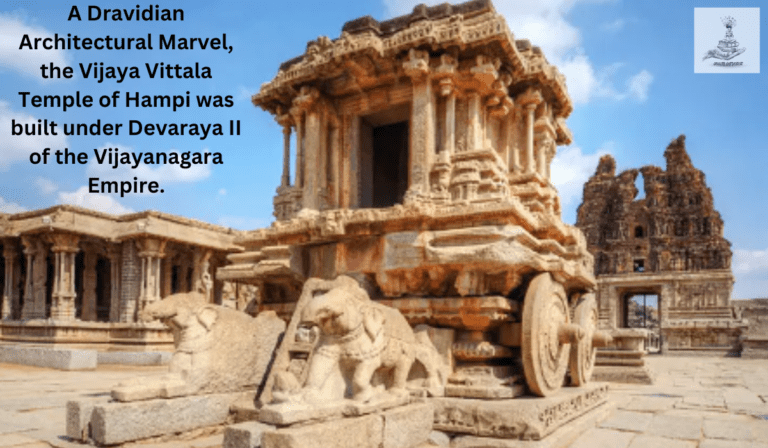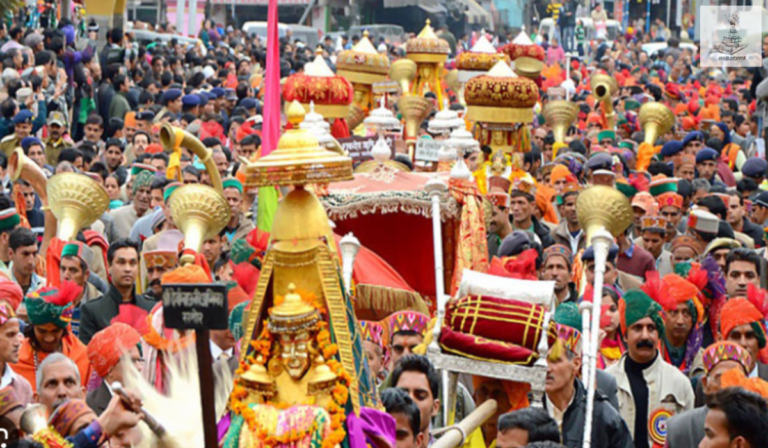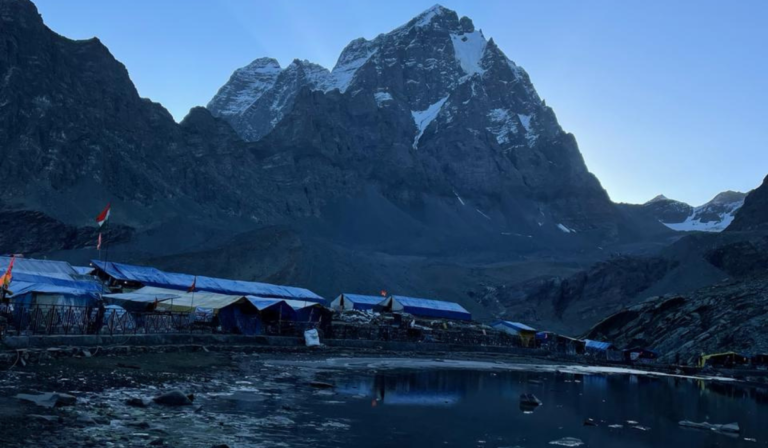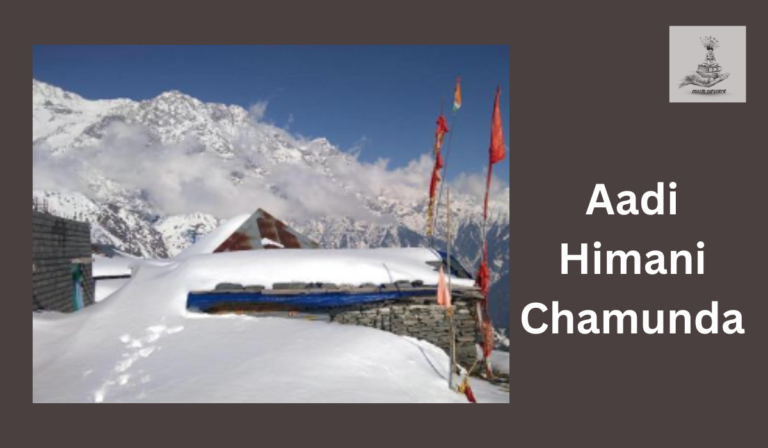Kamrunag Temple: History, Festival, Timing, & Travelling Itinerary
Kamrunag Temple History
Himachal, is the homeland of numerous folklore connecting what today is considered Mythology to the various religious structures, landscapes, etc. Today we will be exploring one such structure in the folds of the Shivalika Himalayas in the Mandi district of Himachal Pradesh [India], The Kamrunag Temple. As traditions differ from place to place the tales and stories, sometimes the characters belonging to the religious epics of a particular tradition are known by different names in different places. Previously while exploring The Khatu Shyam ji temple of Rajasthan we had a discussion for knowing a fierce warrior of Mahabharata [Barbarik], who didn’t get a chance to fight the battle due to his enormous power and skills which could have been catastrophic to the war as well as for warriors.
The same warrior, son of Ghatotkacha and the grandson of Bhima is known as Ratan Yaksha [Dev Kamarunag] in the folklore of the Himachala. The tradition goes that, Ratan Yaksha was a skilled warrior who trained himself by practicing in front of an idol of Lord Vishnu, whom he considered his master. When he learned about the Mahabharata war happening in a distant part of India, he decided to join it and pledged to fight on the side of the weaker party. However, Lord Krishna, knowing his intentions and the repercussions of such a pledge, disguised himself as a yogi and met Ratan Yaksha [Dev Kamarunag] on his way to the battlefield. Lord Krishna shared stories of the suffering of wounded soldiers to dissuade him from joining the war. When failed, he then challenged Ratan Yaksha to shoot arrows at a peepal tree and pierce every leaf in a single shot, hiding a leaf under his feet. Ratan Yaksha’s arrow pierced every leaf and stopped near Lord’s feet. Impressed Krishna then revealed his true form and asked Ratan Yaksha for Gurudakshina [his head]. After, being given the head, the Lord granted his wish to keep his head alive until the end of the Great War.
The Oval Shaped Infinite and the treasure beneath
After the Mahabharata war, the Pandavas while visiting the Himalayas placed Ratan Yaksha’s head on Kamru Hill, where now stands a temple, the Kamrunag Temple. Legend suggests that initially, his head was placed at Nalsar Lake in Mandi district but later moved to the hilltop for better conditions. There’s a belief that a treasure from the Mahabharata period lies underwater in Kamrunag Lake [Made by Bhima]. The folklore goes that, the lake was carved by Bhima by pushing his elbow on the peak of the mountain thus forming its distinct oval shape. It’s said to be visible but unreachable. The Kamrunag deity’s temple is near the lake, and local tradition suggests that the treasure is guarded by the temple’s Nagraj (serpent king). Every June, a fair is held at the temple where serpents are worshipped ritually.
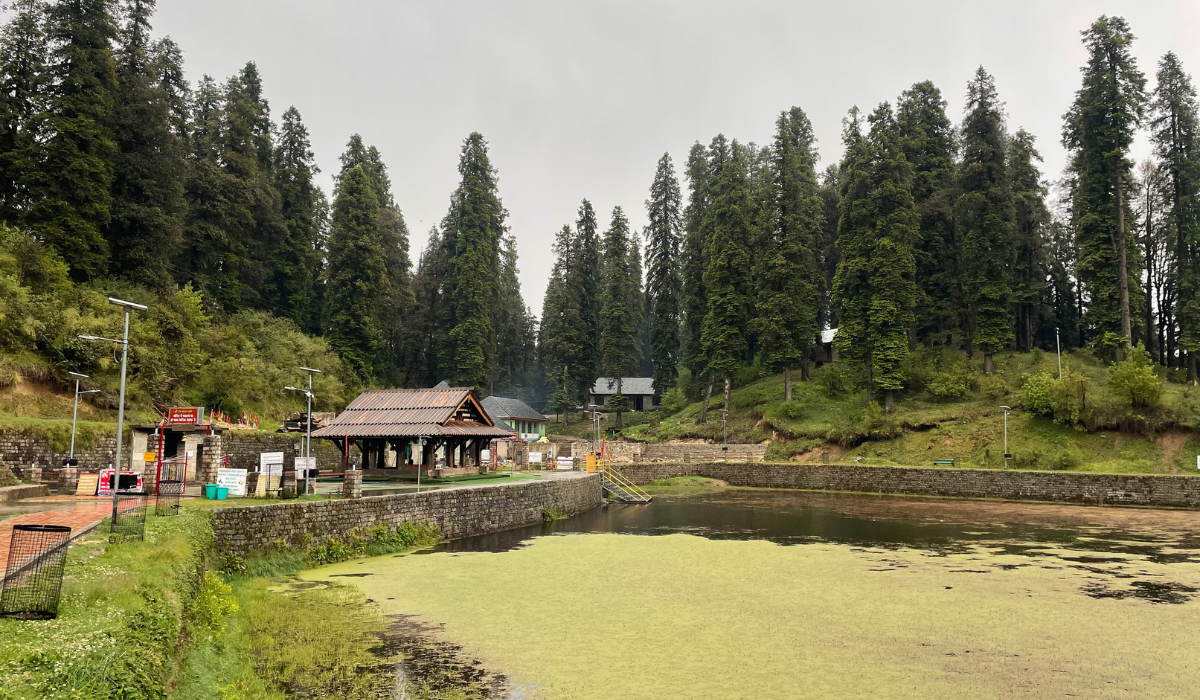
According to locals, attempts to retrieve the treasure have failed. There’s a story of a British man who fell ill after trying to extract gold from the lake. Another belief is that the mountain surrounding the lake is guarded by snake deities, and anyone attempting to take the treasure faces their wrath.
The local traditions and belief
According to tradition which has persisted for centuries, when pilgrims’ wishes are fulfilled, they offer various items to the Kamrunag deity, such as coins, gold, and silver ornaments. Instead of depositing these offerings in banks, devotees immerse them in Kamrunag Lake. Kamrunag is also recognized and hailed as the ‘Lord of Rain’ by the locals.
Festival in Kamrunag Temple
Every year in June, the Saranahuli fair takes place at Kamrunag Temple. Devotees believe that on the 14th and 15th of June, they can catch a glimpse of Kamrunag. The atmosphere during this festival is vibrant, with people traveling from afar to pray for various blessings. Childless couples seek fertility, while others pray for happiness and peace for their loved ones. When their wishes come true, devotees offer currency, notes, diamonds, and jewels in the lake as tokens of gratitude.
How To Reach Kamrunag Temple
To reach Kamrunag Temple, one must navigate through a 6-kilometer mountain trail [A 3-4 hours trek] as there’s no direct road access. Here are the different ways to reach the temple from various places:
By Air:
The nearest airport is Bhuntar Airport in Kullu district, Himachal Pradesh, about 104 km away from Kamrunag Temple.
By Train:
The closest railway station is Joginder Nagar in Mandi district, Himachal Pradesh, approximately 101 km from Kamrunag Temple. From Joginder Nagar Railway Station, one can hire private taxis to reach the temple.
By Road:
From Sundernagar, travelers can take a road journey to Rohanda, which is about 35 km away. From Rohanda, it’s a 6 km trek on foot to Kamrunag Temple
Conclusion
The Kamrunag Temple in the folds of the Himalayas and the belief and tradition connected to it stand as a testament to the shared history of the Land [Jambhudweep] etched in the folklores. Preserving such temples becomes not only a duty to safeguard our heritage but also an opportunity to connect with our roots, fostering a deeper appreciation for the diverse narratives that differ at places. This is a testament to the tradition of Shruti and Samriti of ancient Indian civilization, the way to pass knowledge and learnings from generation to generation. While the tales and characters alter over time the main theme of the story remains the same so the learning one derives from it and the hidden meaning it contains. This historical temple invites us to embark on a journey of introspection and appreciation, honoring the shared past while inspiring a continued sense of wonder and reverence for the marvels of our history.



